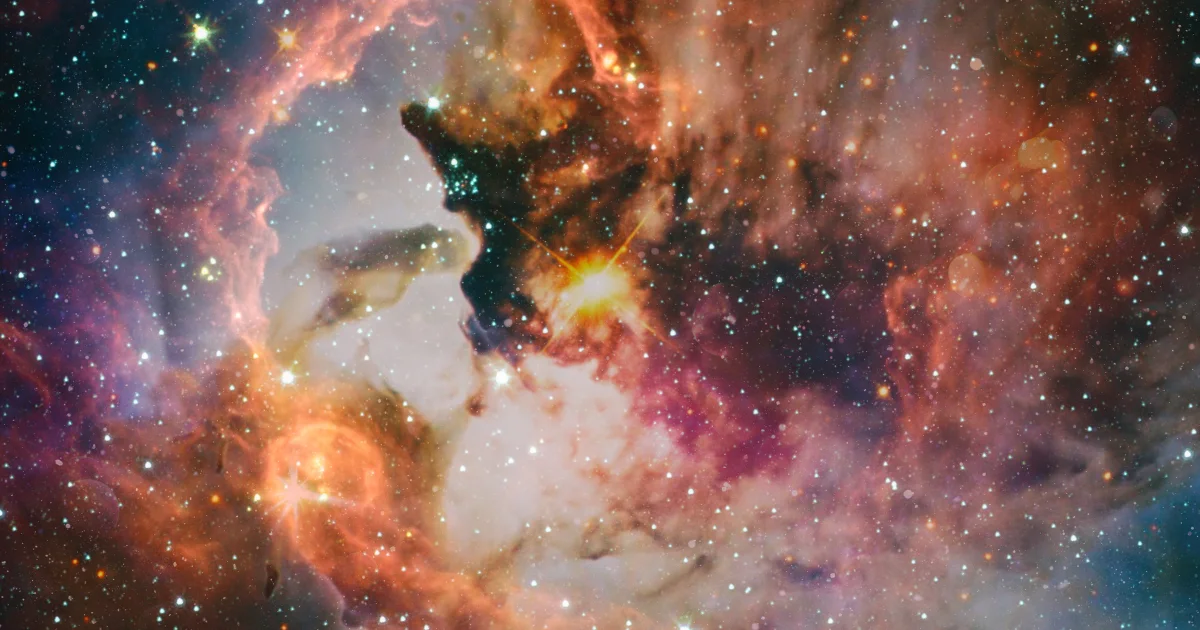This picture from the NASA/ESA Hubble Space Telescope shows NGC 3285B, a spiral galaxy that swirls and spins. It is 137 million light-years away in the constellation Hydra, which means “water snake.” It covers the most space out of the 88 stars that make up the sky’s patchwork quilt. It also covers the most sky, covering 100 degrees across the sky. If you put almost 200 full moons next to each other, they would stretch from one side of the sky to the other.
One of the biggest groups of galaxies in the nearby universe is Hydra I, which NGC 3285B is a part of. Galaxy clusters are groups of hundreds to thousands of galaxies that are gravitationally linked to each other. In the middle of the Hydra I cluster are two very large elliptical galaxies that hold it together. The Milky Way is about 150,000 light-years across, so each of these galaxies is about half as big as it is.
The NGC 3285B galaxy is on the edge of its home cluster, away from the big galaxies in the middle. Hubble looked at this galaxy because in 2023 it had a Type Ia supernova. When a white dwarf, a type of star core that is very dense, explodes, it starts a quick burst of nuclear fusion that shines about 5 billion times brighter than the Sun for a short time.You can see it as a blue dot on the left edge of the galaxy’s disk. Its name is SN 2023xqm.
Hubble saw NGC 3285B as part of a study of 100 Type Ia supernovae. They aim to see each of these supernovae in ultraviolet, optical, and near-infrared light to disentangle the effects of distance and dust, which can make a supernova look redder than it really is. This research will assist make estimations of the distances between galaxies that are based on spotting Type Ia supernovae more accurate.

Our mission is to be your go-to source for reliable information and thought-provoking articles
Explore Sphere Medium for insightful articles, innovative ideas, and diverse perspectives. Your go-to source for engaging and thought-provoking content


